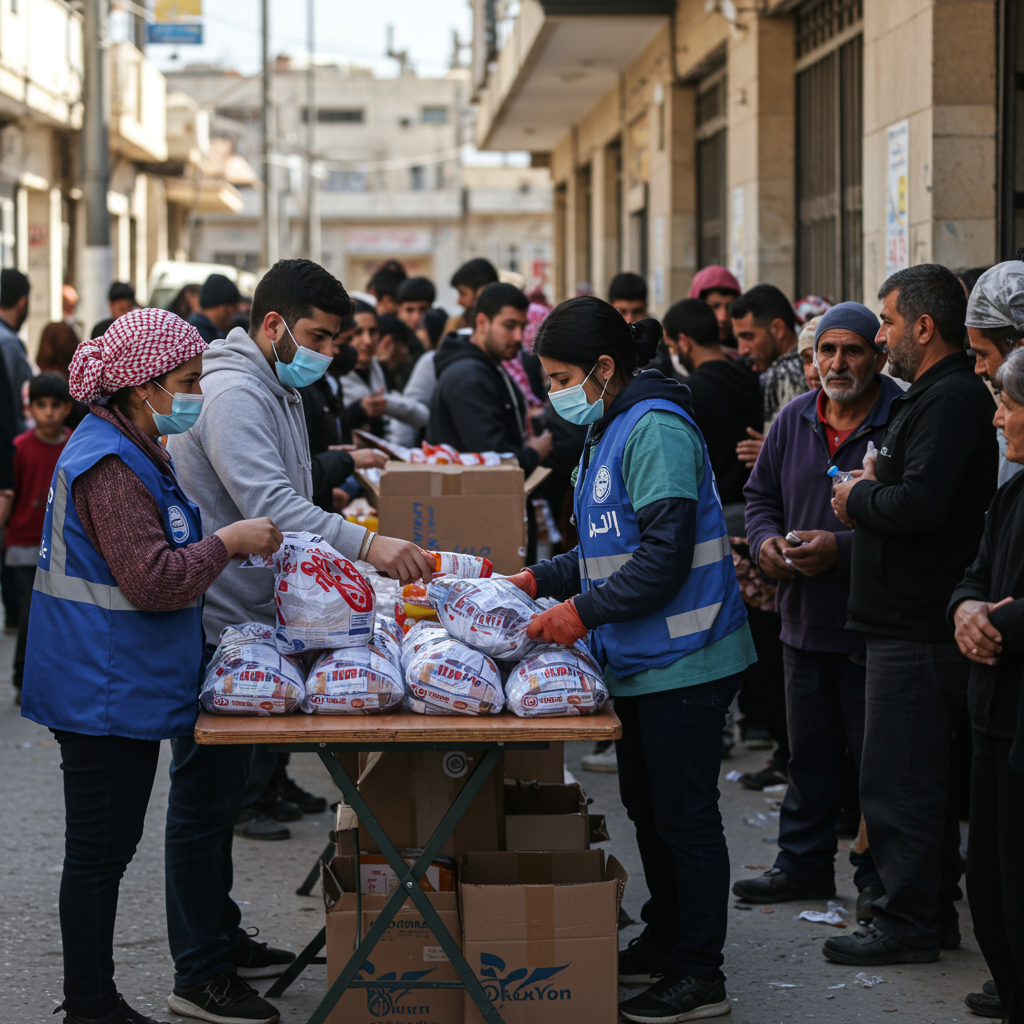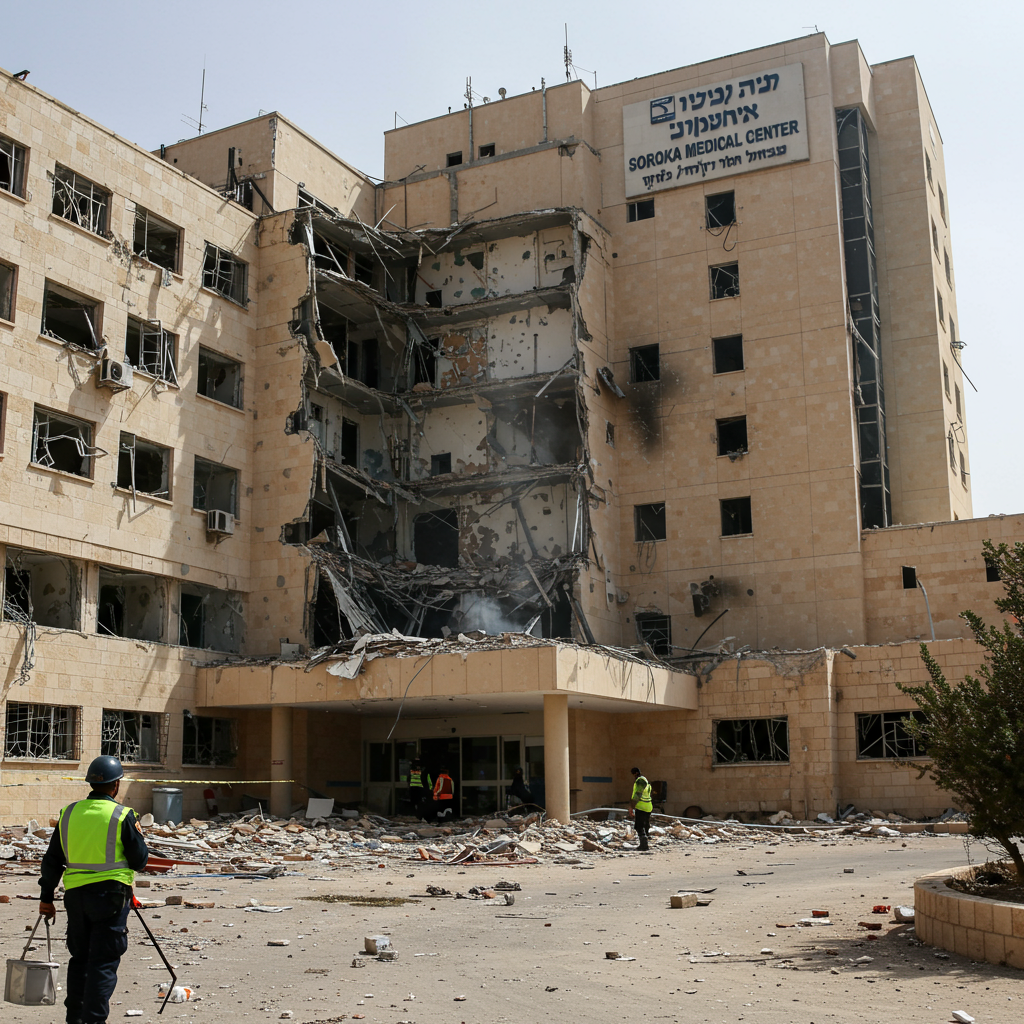The humanitarian crisis in Gaza has reached a breaking point, marked by alarming reports of widespread deaths near vital aid distribution points and delicate negotiations toward a potential ceasefire. The United Nations human rights office has voiced strong condemnation, calling the mounting toll near humanitarian convoys and food hubs “unacceptable.” This comes as Hamas indicates a “positive response” to a new truce proposal, offering a glimmer of hope amidst ongoing conflict.
Navigating Gaza’s devastated landscape, civilians face grave dangers simply trying to access life-saving assistance. Reports highlight a disturbing pattern of violence surrounding aid deliveries, particularly near sites managed by organizations like the Israel-backed Gaza Humanitarian Foundation (GHF). International bodies are raising urgent alarms about the safety of desperate families seeking food and medical supplies.
Fatal Encounters at Aid Hubs Spark Outrage
Disturbing reports from Gaza reveal a grim reality for those attempting to access essential aid. The UN human rights office (OHCHR) has documented over 600 fatalities near humanitarian convoys and food distribution centers since late May alone. A significant majority, specifically 509 of these deaths, occurred near sites operated by the Gaza Humanitarian Foundation (GHF). These figures, verified through rigorous methodology including hospital reports, paint a stark picture of the peril facing civilians.
OHCHR spokesperson Ravina Shamdasani noted that while the office couldn’t formally assign responsibility, it is “clear” that Israeli military forces have shelled and fired near crowds gathering for food at GHF points. Eyewitness accounts from different incidents describe chaos and intense fire. Some victims were reportedly shot from various directions, including naval vessels, tanks, and drones, often sustaining wounds to the upper body, including the head and chest. One specific incident on Sunday, June 1, reportedly left at least 31 Palestinians dead and over 150 wounded near a GHF site, with witnesses detailing heavy firing on people seeking aid.
Hospitals Overwhelmed by Trauma from Aid Sites
The human cost of reaching aid is tragically evident in Gaza’s overwhelmed medical facilities. The World Health Organization (WHO) reports that Nasser Hospital in Gaza is functioning primarily as “one massive trauma ward.” Medical teams there have been treating daily injuries for weeks. The majority of these casualties originate from injuries sustained near non-UN aid distribution sites, including GHF locations.
Hundreds of patients, many of them young boys, arrive with severe traumatic injuries. These include grievous wounds like bullet impacts to the head, chest, and knees. WHO representatives have cited heartbreaking cases, such as a 13-year-old shot in the head and a 21-year-old left permanently paraplegic by a bullet lodged in his neck. Health workers and witnesses consistently confirm these victims were attempting to access aid at GHF-run sites when they were injured. The WHO emphasizes that these are not minor injuries; young lives are being irreparably destroyed by the violence surrounding aid distribution.
Controversy Surrounds New Aid Mechanisms
The escalating death toll near aid points has also brought scrutiny to the aid delivery methods themselves. The Gaza Humanitarian Foundation (GHF), promoted by Israel and the United States, operates a private aid initiative that bypasses established UN agencies like UNRWA. The UN views this model as neither impartial nor neutral, arguing it gives external parties control over aid recipients and forces vulnerable populations, including children and the elderly, to travel long distances to specific, often dangerous, locations.
Critics contend that this new approach exacerbates chaos and puts civilians at greater risk. While the GHF has publicly denied that any killings or injuries have occurred directly on its sites, it has suggested that casualties in the vicinity are under the purview of the Israeli military. This stance contrasts sharply with the OHCHR’s assessment and witness testimonies suggesting military involvement close to or at distribution areas. UN human rights chief Volker Türk stated that “wilful impediment of access to food and other life-sustaining relief supplies for civilians may constitute a war crime,” directly linking such actions to the dire situation and ongoing casualties.
Ceasefire Hopes Emerge Amidst Violence
Against the backdrop of the severe humanitarian crisis, diplomatic efforts continue to seek a de-escalation. Hamas has reportedly delivered a “positive response” to mediators regarding the latest ceasefire proposal for Gaza. This development, described by some as a potential breakthrough, centers on a proposal reportedly backed by US President Donald Trump.
The current proposal on the table is understood to include a 60-day truce period. Key elements reportedly involve a partial withdrawal of Israeli forces from Gaza, a significant surge in humanitarian aid deliveries to the besieged territory, and the release of some remaining Israeli hostages held since the October 7, 2023 attack. Fewer than 50 hostages are believed to remain, with less than half thought to be alive. The deal also calls for the exchange of hostages for Palestinian prisoners held by Israel.
Hurdles Remain in Truce Negotiations
Despite Hamas’s positive signal, the path to a lasting ceasefire is fraught with challenges. While Hamas stated it is “ready to engage immediately and seriously” on the mechanism for implementing the truce, it has not explicitly confirmed full acceptance of the proposal’s core terms. The group continues to emphasize the need for further negotiations, particularly on whether the agreement will lead to a permanent end to the war.
US President Trump claimed that Israel had already accepted the necessary conditions for the ceasefire. However, Israeli Prime Minister Benjamin Netanyahu has not publicly commented on the proposal, although he is scheduled to meet President Trump soon. A significant point of contention persists: Hamas seeks a deal that guarantees an end to military operations, while Israel insists on retaining the right to resume action if talks falter after the proposed 60-day truce expires. Hamas is also reportedly consulting with other Palestinian factions regarding the proposal before a final decision.
Broader Context of a Deepening Crisis
The violence near aid points and the fluctuating prospects for a truce occur within the wider, devastating reality of the conflict. Health authorities in Gaza report that the death toll from Israel’s military response since October 2023 has surpassed 57,130 Palestinians. This follows the Hamas attack on Israel on October 7, 2023, which resulted in approximately 1,200 deaths.
The humanitarian situation is compounded by immense challenges, including extreme summer heat adding to the misery in overcrowded tent camps with little shade or clean water. Aid delivery remains severely hampered by bottlenecks. UN agencies face significant difficulties coordinating movements for aid collection and distribution, with many requests reportedly rejected by Israeli authorities. What little aid enters Gaza is described as a mere “trickle” insufficient for the immense needs. The WHO also notes that no hospitals in northern Gaza are currently functional. Furthermore, Palestinian media continue to report ongoing Israeli airstrikes in various parts of the territory, adding to the cycle of violence and displacement.
Frequently Asked Questions
Why are people dying near aid distribution points in Gaza?
Recent reports indicate hundreds of Palestinians have been killed and wounded near aid distribution points in Gaza since late May. The UN human rights office (OHCHR) notes these incidents often occur near sites run by groups like the Gaza Humanitarian Foundation (GHF). While the GHF denies direct killings on its sites, the OHCHR and witness accounts suggest Israeli military forces have shelled or fired near crowds seeking aid. The UN views the GHF aid model as problematic, and the situation underscores the extreme danger civilians face attempting to access assistance in conflict zones.
What is the status of the latest ceasefire proposal for Gaza?
Hamas has provided a “positive response” to mediators regarding a new ceasefire proposal. This plan, reportedly backed by US President Donald Trump, proposes a 60-day truce involving partial Israeli withdrawal, increased aid, and a hostage-for-prisoner exchange. However, Hamas seeks further talks on implementation and wants a deal that ends the war, while Israel reportedly reserves the right to resume military action after the truce if talks fail. Negotiations are ongoing, and a full agreement has not yet been reached.
How is humanitarian aid delivery currently complicated in Gaza?
Aid delivery in Gaza faces numerous obstacles. Beyond the violence near distribution points, there are significant bottlenecks and restrictions on goods entering the territory. UN agencies report challenges coordinating movements and frequent rejections of requests by Israeli authorities, severely limiting their ability to collect and distribute supplies. The reliance on alternative mechanisms like the GHF, which bypass UN systems and are criticized as neither impartial nor neutral, adds further complexity and risks to the process.
In conclusion, the confluence of deadly incidents near aid sites and the fragile nature of ceasefire talks highlights the severe and multifaceted crisis in Gaza. The urgent need for unfettered, safe humanitarian access remains paramount, while diplomatic efforts navigate complex demands to achieve even a temporary halt to the fighting. The situation demands international attention to protect civilians and ensure aid reaches those in desperate need.




